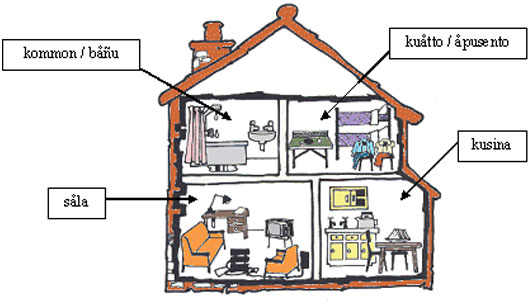Useful Words to Describe Food in Chamorro

In this post, we will take a look at some useful words you can learn to describe the food you eat in Chamorro. Maybe you’re eating a meal and you want to compliment and describe how some of the food tastes. The following are some basic adjectives we use to describe flavors.

In English, 5 basic tastes we use daily to describe food are: Sweet, Spicy, Bitter, Sour and Salty.
Here’s how to say and use each of these words in Chamorro:
mames
The Chamorro word mames is used describe something “sweet.” You can use this word to describe fruits or desserts.
Mames i kek.
The cake is sweet.
pika
Pika is the Chamorro word used to describe something “spicy.” You can use this word to say that your fina’denne’ is too spicy, because you added too many chili peppers. If you’re not into spicy, you may want to stay from the Chamorro dish kaddon pika.
Kåo pika i karí?
Is the curry spicy?
Ya-ña si Guadalupe pika na kelaguen.
Guadalupe likes spicy kelaguen.
mala’et
Mala’et is how you say “bitter” in Chamorro. You use it to describe your coffee or maybe certain vegetables.
Ti ya-ña si Lucio mala’et na nengkanno’.
Lucio does not like bitter food.
ma’aksom
Ma’aksom is the Chamorro word for anything that’s “sour” or “tangy.” You may use this to describe citrus fruits or pickled foods.
Ti ma’aksom i fina’denne’-ña.
Her fina’denne’ is not sour.
ma’asen
Ma’asen is the Chamorro word for “salty.”
Bula mampos na asiga un na’yi, sa’ gof ma’asen pa’go.
You’ve added too much salt, because it is very salty now.
Ma’asen i hanom tåsi.
Seawater is salty.
Other Useful Adjectives to Describe Food
Here are more useful words you can use to describe how food tastes, smells, feels and more!
månnge’ – delicious
matå’pang – bland, tasteless
paopao – fragrant
mutong – smelly, stinky
maipe – hot
manengheng – cold
ånglo’ – dry
fotgon – wet
fresko – fresh


